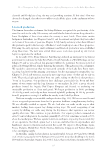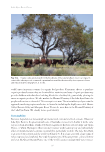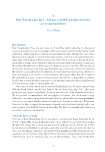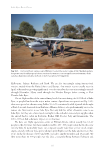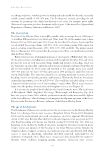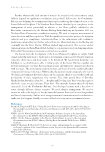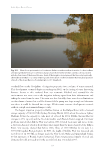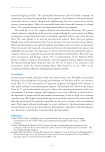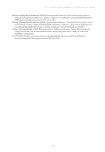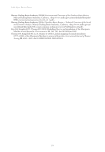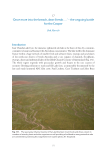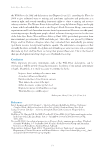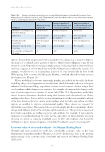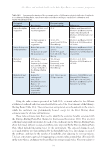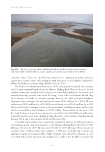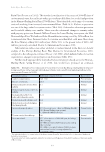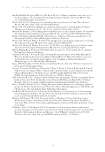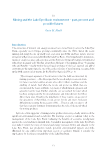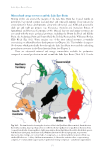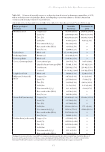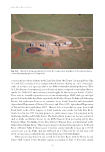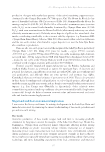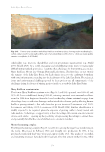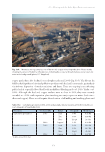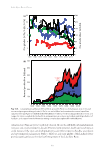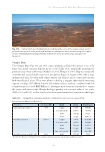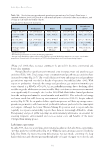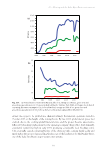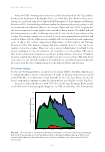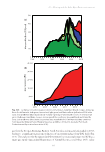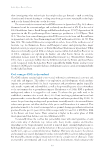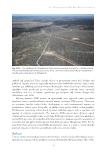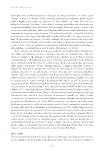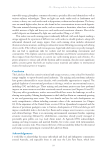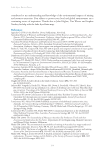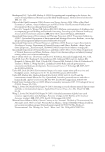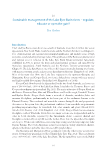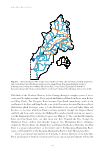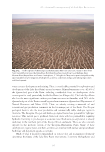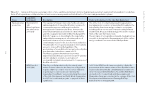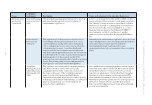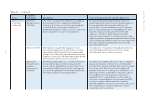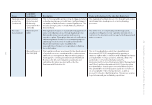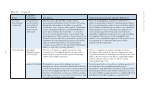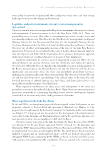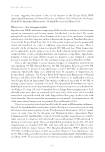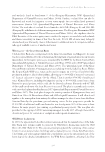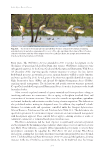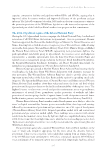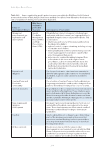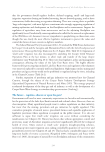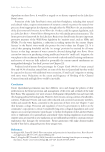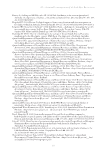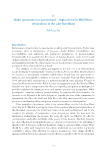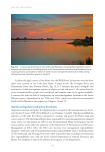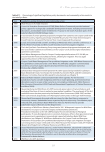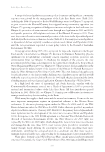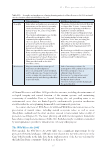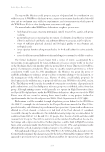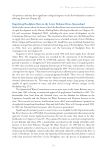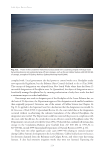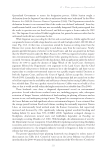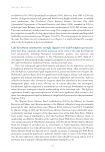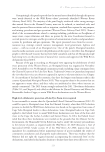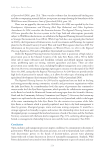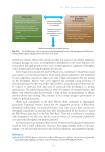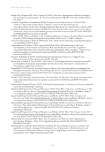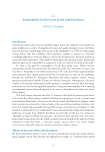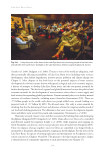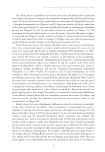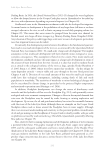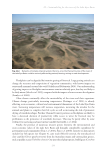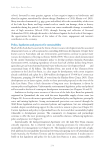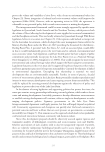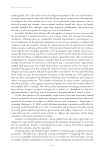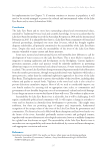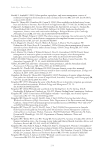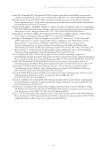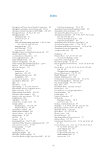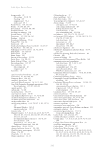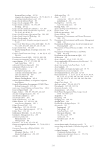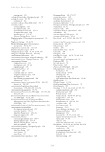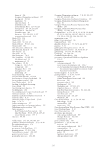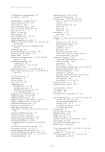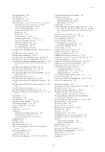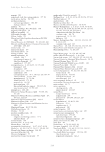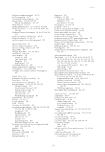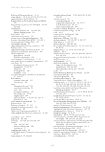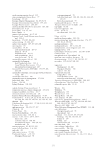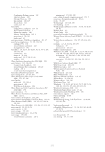10 – River sustainability – essential for the livelihoods of landholders 111 As someone who loves this river and depends on it, I don’t accept that diversion of water from this river is sustainable to satisfy the greed of a few. It is unacceptable, given the importance of flows and our collective majority commitment to keeping this river flowing naturally. So we have a choice for the future of our rivers. We can treat them with the respect they deserve and have sustainable industries. Or we can take the greedy path and start destroying our rivers, affecting the sustainability of this unique river system and our future. Conclusion The Lake Eyre Basin is an amazing place, but it is also fragile because it is so dry. We depend on the river and its natural flow patterns for our long-term sustainability. It is our life support system. Ultimately, the ‘triple bottom line’ depends on maintaining the ecology and building a strong society and economy, supported by sustainable ecosystems. Without the natural flows, we will not be able to support our sustainable organic beef industry, wool and ecotourism throughout the Lake Eyre Basin. We cannot afford to develop the rivers of the Lake Eyre Basin – they are our triple bottom line. References Bunn SE, Thoms MC, Hamilton SK, Capon SJ (2006) Flow variability in dryland rivers: boom, bust and the bits in between. River Research and Applications 22, 179–186. doi:10.1002/rra.904 Greenville AC, Wardle GM, Dickman CR (2012) Extreme climatic events drive mammal irruptions: regression analysis of 100-year trends in desert rainfall and temperature. Ecology and Evolution 2, 2645–2658. doi:10.1002/ece3.377 Hamilton SK, Bunn SE, Thoms MC, Marshall JC (2005) Persistence of aquatic refugia between flow pulses in a dryland river system (Cooper Creek, Australia). Limnology and Oceanography 50, 743–754. doi:10.4319/lo.2005.50.3.0743 Kingsford RT, Bassett A, Jackson L (2016) Wetlands: conservation’s poor cousins. Aquatic Conservation 26, 892–916. doi:10.1002/aqc.2709 Kingsford RT, Costelloe J, Sheldon F (2014) Lake Eyre Basin – challenges for managing the world’s most variable river system. In River Basin Management in the Twenty-first Century. (Eds VR Squires, HM Milner and KA Daniell) pp. 346–367. CRC Press, Boca Raton. Knighton AD, Nanson GC (1994) Flow transmission along an arid zone anastomosing river, Cooper Creek, Australia. Hydrological Processes 8, 137–154. doi:10.1002/hyp.3360080205 McMahon TA, Murphy RE, Peel MC, Costelloe JF, Chiew FHS (2008) Understanding the surface hydrology of the Lake Eyre Basin: Part 2 – Streamflow. Journal of Arid Environments 72, 1869–1886. doi:10.1016/j.jaridenv.2008.06.001 Puckridge JT, Sheldon F, Walker KF, Boulton AJ (1998) Flow variability and the ecology of arid zone rivers. Marine and Freshwater Research 49, 55–72. doi:10.1071/MF94161 Puckridge JT, Walker KF, Costelloe JF (2000) Hydrological persistence and the ecology of dryland rivers. Regulated Rivers: Research and Management 16, 385–402. doi:10.1002/1099- 1646(200009/10)16:5385::AID-RRR5923.0.CO 2-W Reisinger A, Kitching RL, Chiew F, Hughes L, Newton PCD, Schuster SS, Tait A, Whetton P (2014) Australasia. In Climate Change 2014: Impacts, Adaptation, and Vulnerability. Part B: Regional Aspects. Contribution of Working Group II to the Fifth Assessment Report of the Intergovernmental Panel on Climate Change. (Eds VR Barros, CB Field, DJ Dokken, MD Mastrandrea, KJ Mach, TE Bilir, M Chatterjee, KL Ebi, YO Estrada, RC Genova, B Girma, ES Kissel, AN Levy, S MacCracken, PR Mastrandrea and LL White) pp. 1371–1438. Cambridge University Press, Cambridge, United Kingdom and New York, NY, USA.
Downloaded from CSIRO with access from at 216.73.216.172 on Nov 24, 2025, 10:25 PM. (c) CSIRO Publishing








































































































































